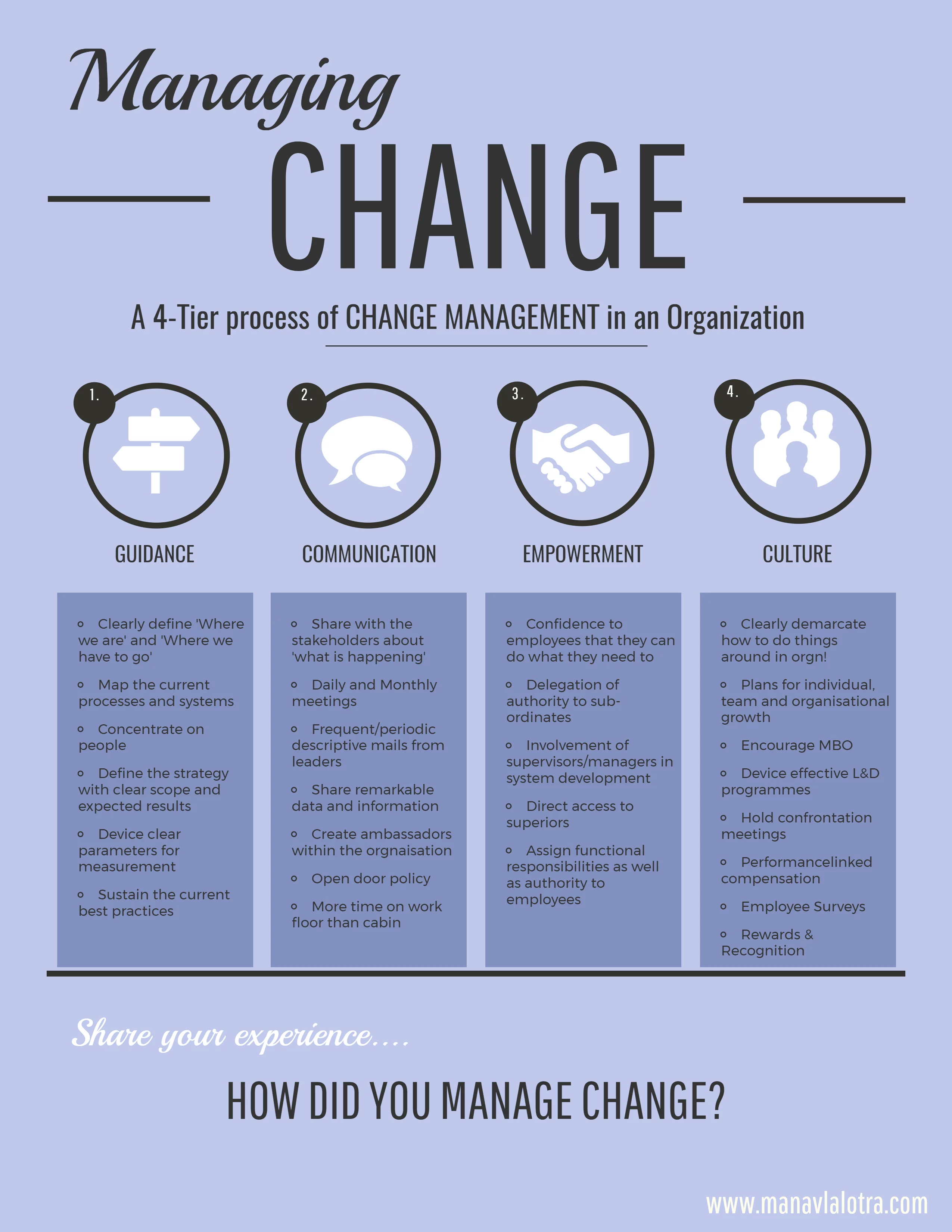
Change is all around us. It sweeps through business environments, and ultimately shapes company culture. But how should you go about changing company culture?
The very character of your company is defined by your ability to adjust to change, and embrace new initiatives as a core competency.
Companies must adapt to a fast-moving business world, where there are constant innovations to embrace if you’re to steadily progress and keep up with the times.
Spreading & scaling innovations & improvements is one the greatest challenges we face in the health and care system. Here’s an important new report from @HealthFdn https://t.co/E27Yuv7Ujn The graphic is one of the slides I use on this topic pic.twitter.com/8TreXzjEIk
— Helen Bevan (@helenbevan) September 28, 2018
arious software programs and tools are surfacing to help companies find their way in today’s digital realm. These can be leveraged as a helping hand, to boost performance and cater to employee needs.
One of these is Workday®, which has various business applications including a close association with change management.
Before we progress to an overview of Workday® change management, let’s start with a simple explanation of Workday® to provide clarification.
What is Workday®?
Workday® is a software vendor which works on cloud-based technology. Though it can be utilized in various departments, it specifically deals with financial management and HR.
Workday® is renowned for its easy to use interface, and is a counterpart of giants like Oracle and SAP.
Workday® differentiates from competitors by offering comparable services for considerably less than the rest. Its services are fairly straightforward to master, but can have huge, industry-wide applications.
With change management evolving as a discipline, Workday® can be used in conjunction with these principles. It can help organizations transition effectively, especially with the people side of change.
It can back up findings with clear, measurable data, reducing the requirement for considerable man hours.
If you’re keen to learn more about Workday® change management, you’ll be intrigued to read on:
How to Implement Workday® Change Management
Workday® attracts various business professionals, who are united in their quest for generating value in HR and Finance.
Anything that can be used to assist you in these areas should be taken advantage of, especially when organizations are continuously seeking new and innovative ways to transcend.
Realizing the benefits of Workday® can go a long way, but you’ll need to take a patient, measured approach to learning. Once you’ve unlocked your true potential the possibilities are endless.
Taking a sophisticated approach to Workday® change management goes a long way. Successful technological implementations are at the root of successful change management, where end user adoption maximizes ROI.
Source image: manav lalotra
Admittedly everyone has different ambitions when it comes to change, but there are some general principles to follow.
These can be viewed as guidelines which you can flexibly adapt to your current circumstances. Everyone has different change goals, and these differences should be embraced and accounted for.
With this being said, here are some general goals which you might find in a solid change management program:
- Create Excitement surrounding change
- Prepare your team for change in advance
- Maximize Workday® adoption
- Develop open communications channels
- Focus on positivity
- Limit resistance
- Regularly discuss benefits
Every technological initiative develops a reputation. These are almost impossible to change, so once you’ve implemented Workday® you’ll want to build a strong reputation around it.
There are multiple building blocks to consider with good workday® change management. Your main priority is to deliver optimum value across multiple competencies, ensuring you preference high-quality.
Workday® Change Management: 4 Building Blocks for Success
Leadership
Workday® must be firmly supported by influential figures within your organization. When endorsed at a high-level, staff are likely to follow suit.
When there is an evident passion for the software, this will be contagious and enhance organization-wide adoption.
This adoption can be facilitated with the introduction of useful tools and techniques.
Ultimately, if leaders aren’t strong advocates of something, what motivation will staff have to leverage the software? If its benefits are openly promoted, you’ll not only elevate its importance but increase the visibility of executive staff too.
Stakeholders
Identifying stakeholder groups is one thing, but you should also hone in on people management too. Change can appear dramatic and chaotic, but if you manage your stakeholders and appease their needs it can be an easier pill to swallow.
Develop an effective means of communicating and engaging different groups, utilizing advanced planning.
Training
Staff will need the prerequisite skills necessary to adopt Workday® as a firm constituent of their daily duties.
TRAINING is the most critical function of our society…why is it treated 2nd class?https://t.co/jROnt7FVyZ#training #competencies #leadership #HR #inclusion #diversity #learninganddevelopment @ATD
— André D. Harrell (@aharrell2000) September 30, 2018
Training means everything for excitement and success, so a full package of training is necessary. You’ll need the correct resource allocation to receive a ROI, with an appreciation for bringing staff up-to-speed.
Training doesn’t have to be boring either. In fact, there are various fun games and activities to engage staff!
Measurement
Planning is one thing, but your ability to respond real-time is another. Workday® change management is a dynamic process, which requires flexibility and an ability to adjust to unexpected circumstances.
You can measure the results of training and Workday® implementation in general. Doing so will highlight areas of improvement, and keep you open to modifying to your approach.
Measurement will highlight areas of confusion, which should be addressed sooner rather than later.
Errors should be embraced as part of a continuous improvement philosophy, and highlighted as opportunities for betterment.
React quickly and improve staff satisfaction. This will translate to increased value for customers.
WalkMe Team
WalkMe spearheaded the Digital Adoption Platform (DAP) for associations to use the maximum capacity of their advanced resources. Utilizing man-made consciousness, AI, and context-oriented direction, WalkMe adds a powerful UI layer to raise the computerized proficiency, everything being equal.




